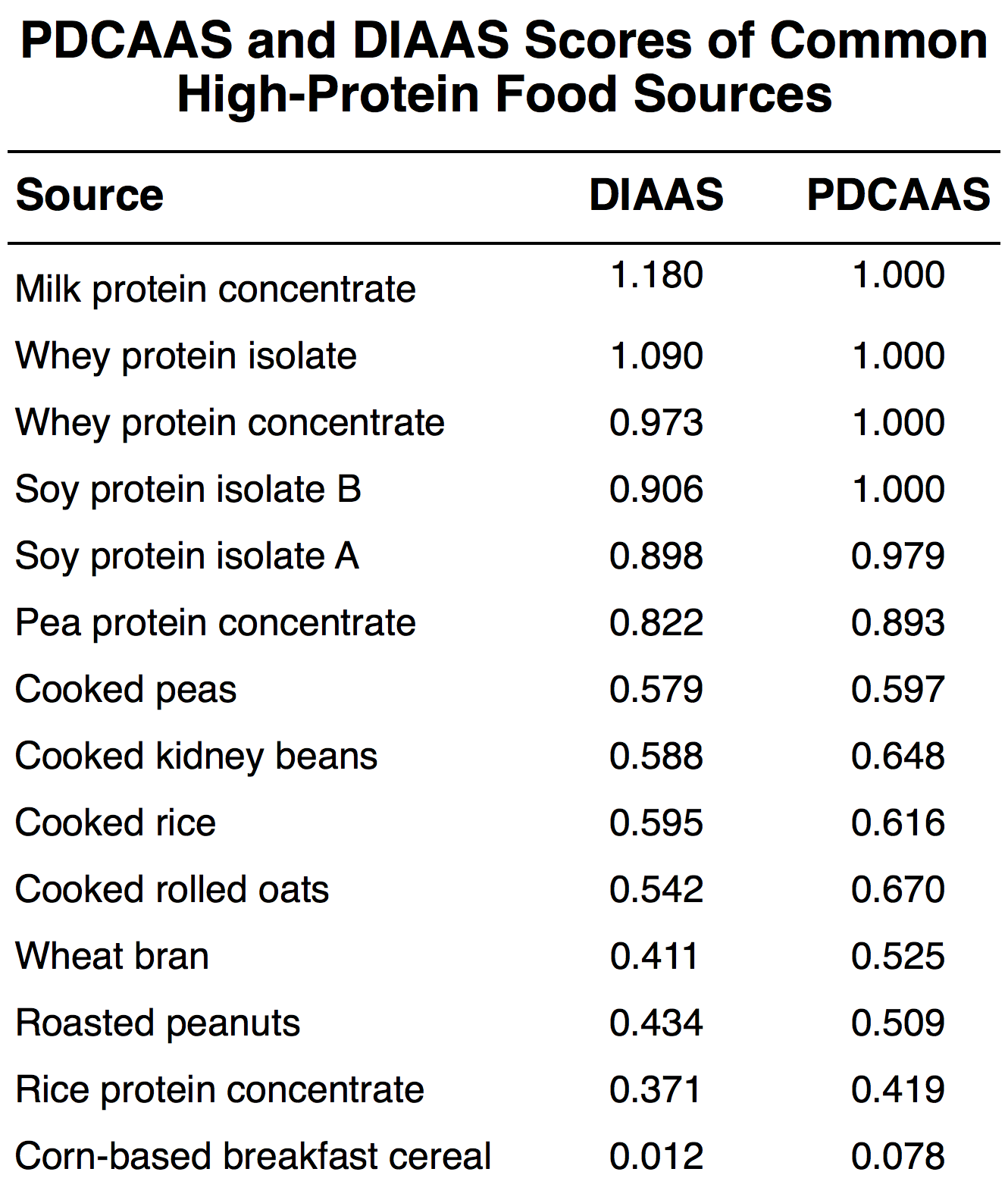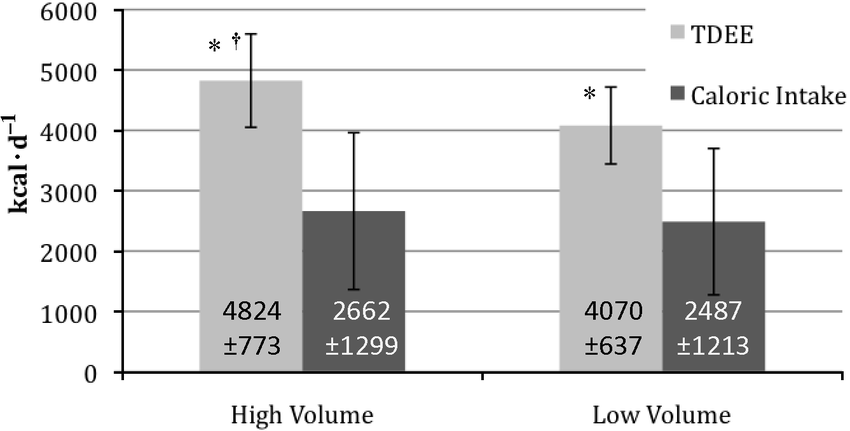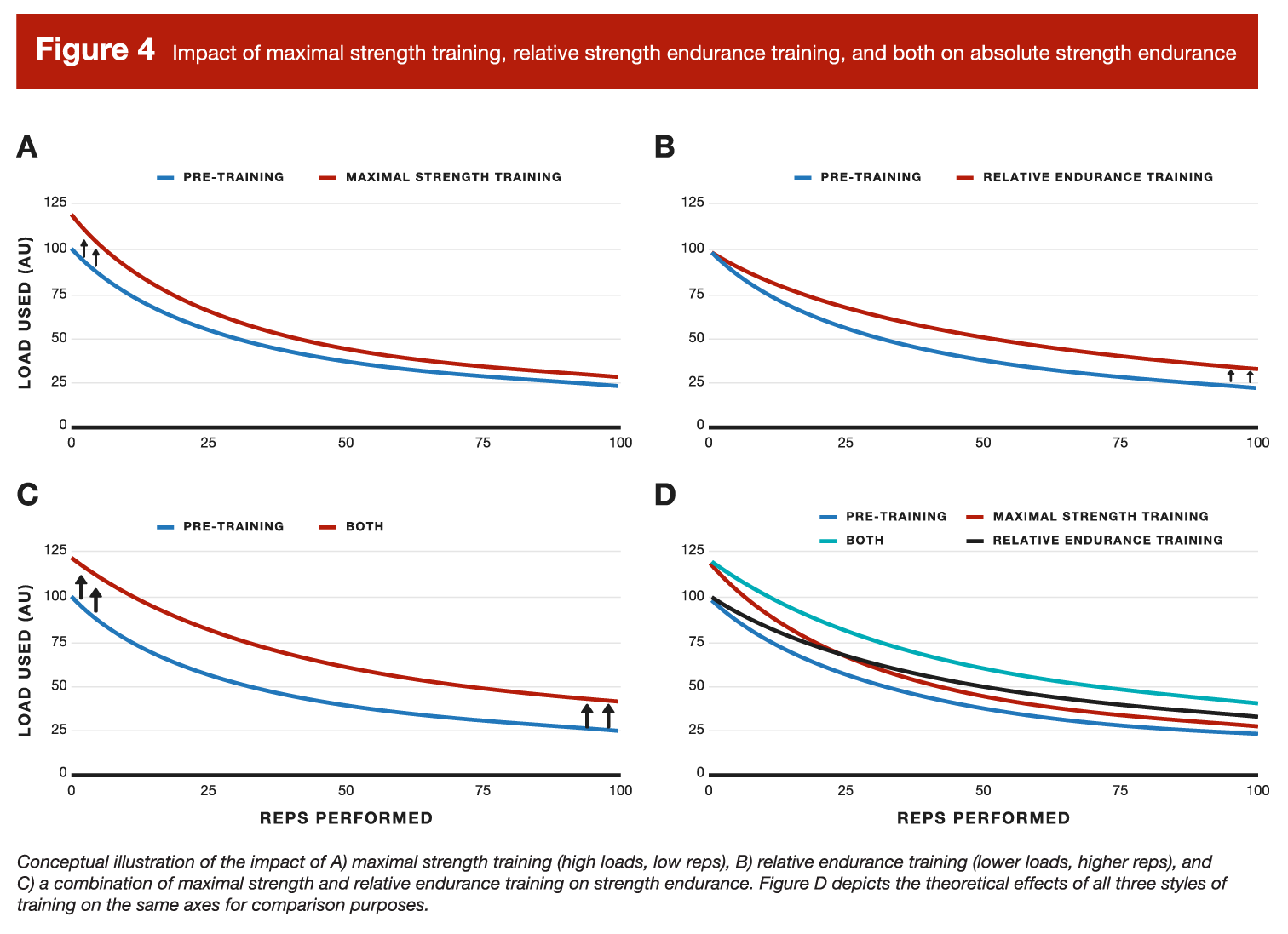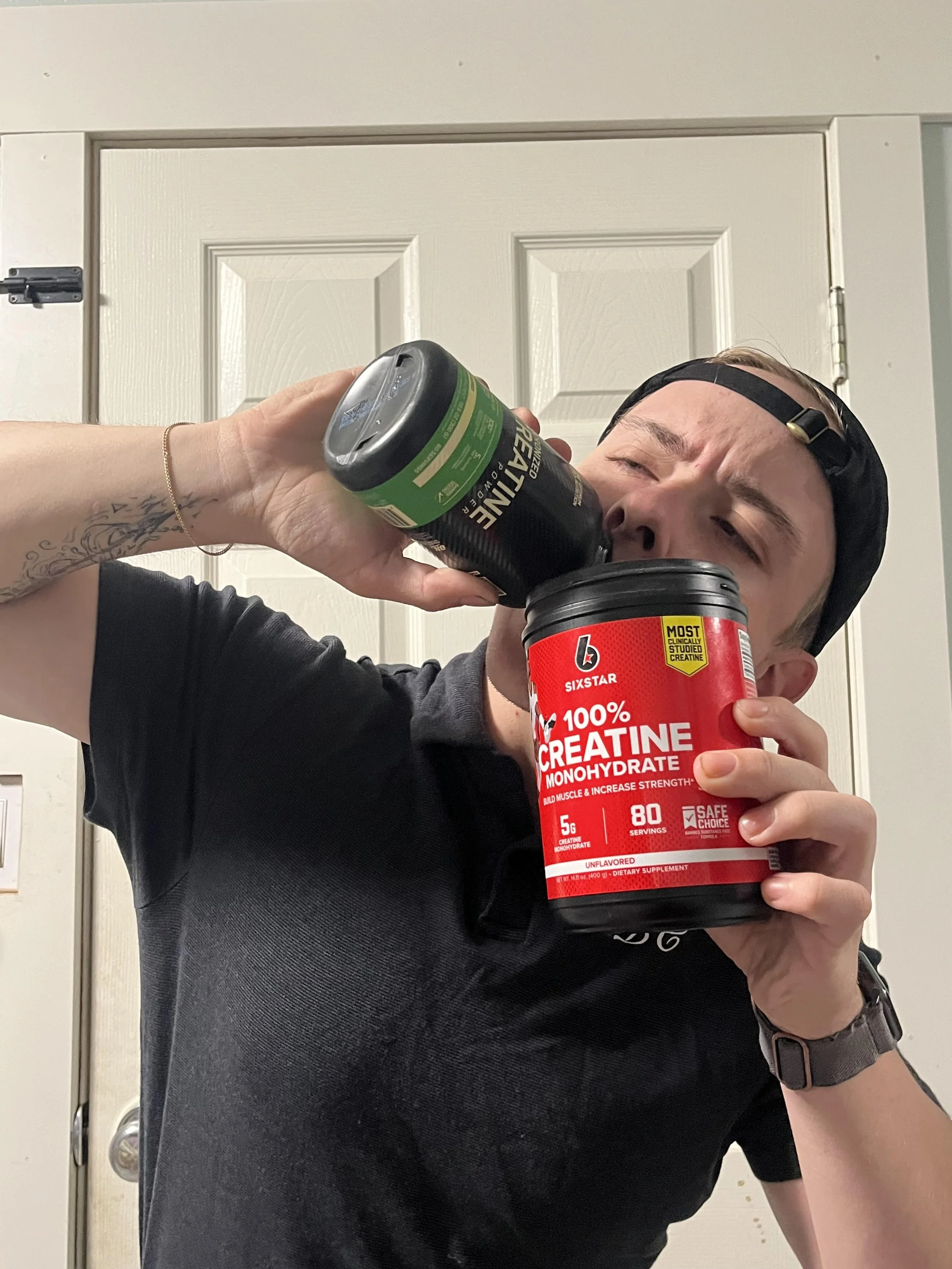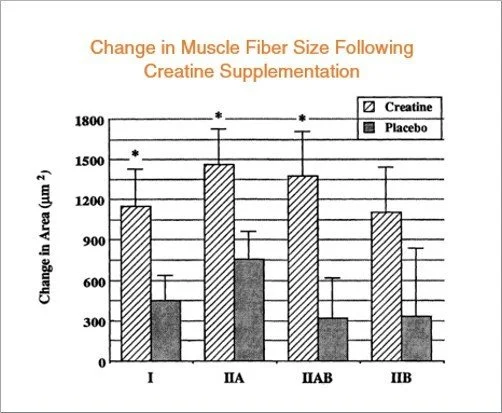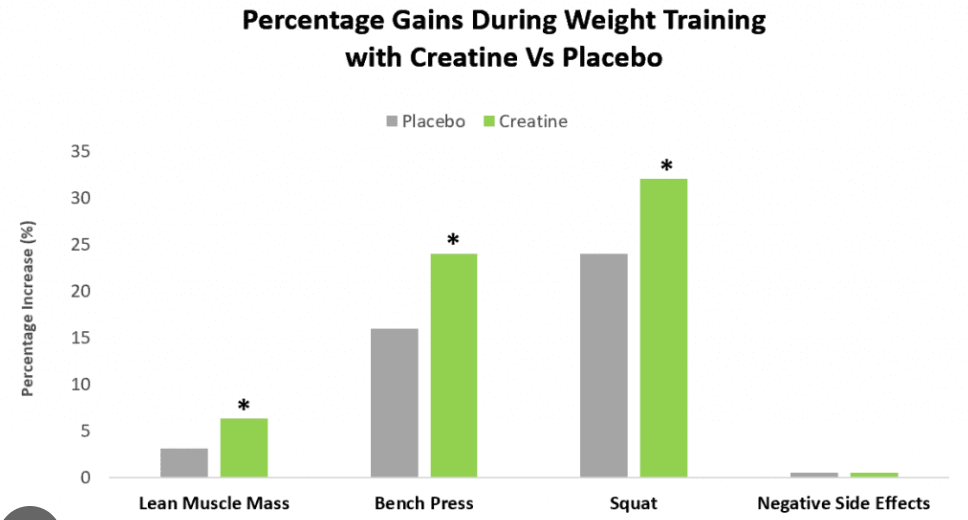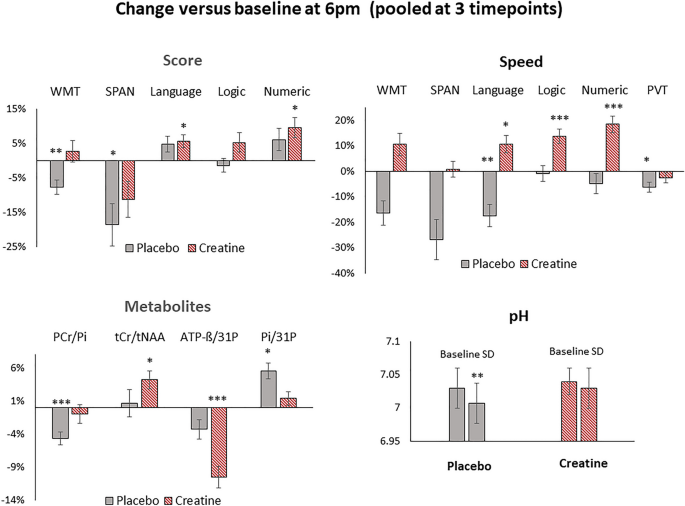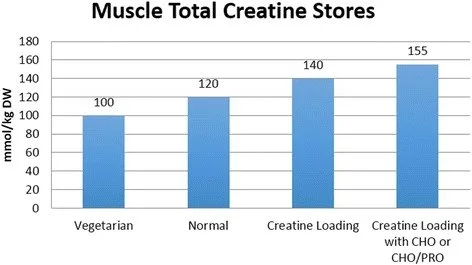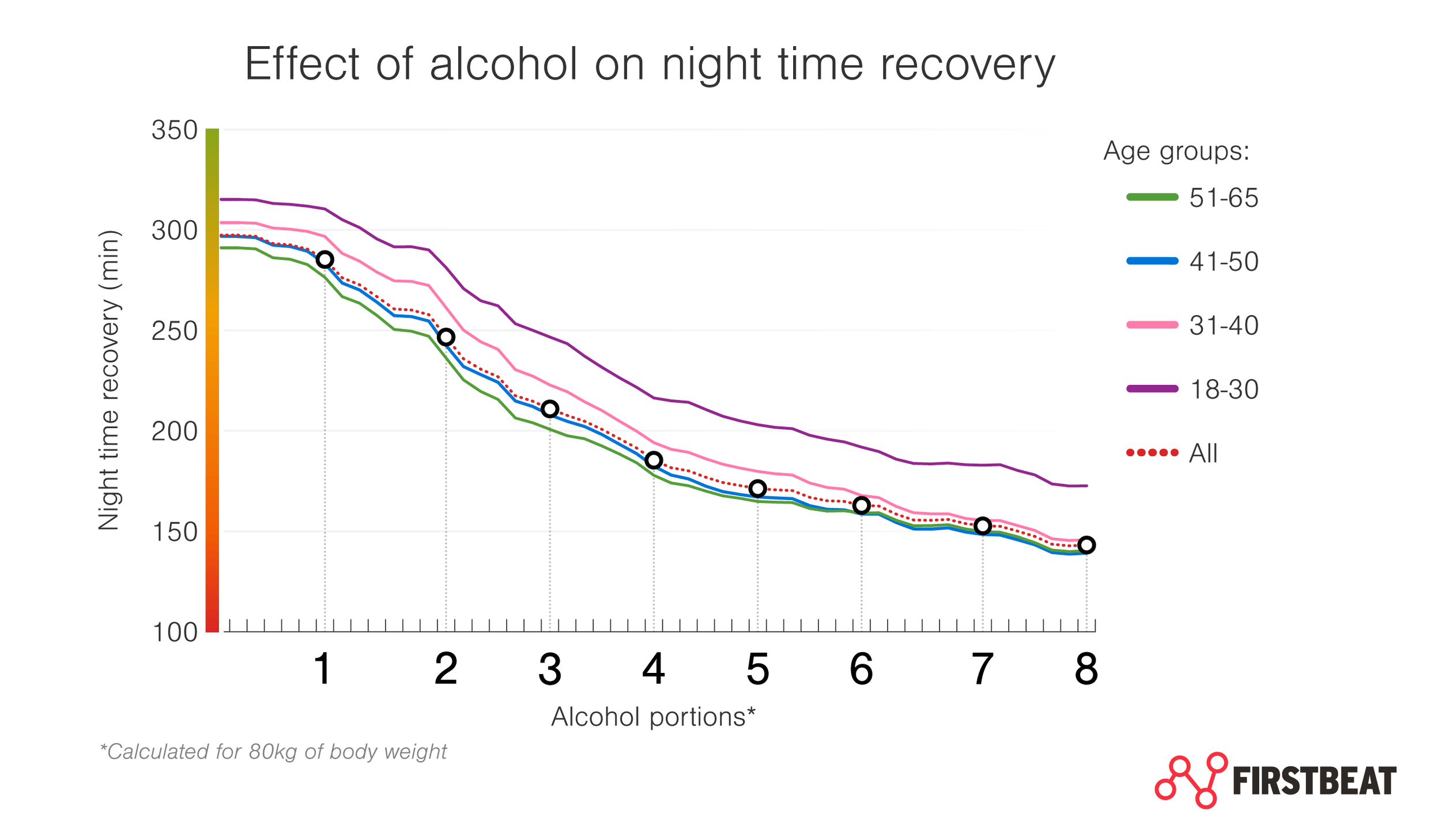
What the Science Says
About BEING HEALTHY
Cause it talks.
My weekly science backed updates & blog posts about controversial or misunderstood topics, for you to learn, and become more knowledgeable and smart!
HOW EXERCISE IS MAKING YOU LIVE LONGER
-
Recent investigations have revealed simply working out and exercising, greatly reduces in the risk of death from any cause and from cardiovascular disease. For instance, being fit or active was associated with a greater than 50% reduction in risk.
Furthermore, an increase in energy expenditure from physical activity of 1000 kcal per week or an increase in physical fitness of 1 MET (metabolic equivalent) was associated with a mortality benefit of about 20%.
Physically inactive middle-aged women (engaging in less than 1 hour of exercise per week) experienced a 52% increase in all-cause mortality, a doubling of cardiovascular-related mortality and a 29% increase in cancer-related mortality compared with physically active women.
These relative risks are similar to those for hypertension, hypercholesterolemia, and obesity, and they approach those associated with moderate cigarette smoking.
Moreover, it appears that people who are fit yet have other risk factors for cardiovascular disease may be at lower risk of premature death than people who are sedentary with no risk factors for cardiovascular disease. -
Metabolic Equivalents, a unit used to express the energy cost of physical activity relative to resting metabolism.
- One MET is defined as the energy it takes to sit quietly, equivalent to 3.5 ml of oxygen per kilogram of body weight per minute.
- Calories burned = METs x body weight (kg) x time (hours)
(Running, at a 7.5mph pace (8-minute mile) = ~11.5 METs)
- Example:
We are running! 7.5mph, for 30 min. Say you hypothetically weigh
84kg (185lbs). We multiply that (84kg) x 11.5 x .5 (half an hour)
That gets us a TEE of 483 calories burned.
That small run, now solidifies ourselves in the middle of the graph. Were still half as likely to develop numerous diseases and illness compared to people who exercise very little or at all.
Now, compound this daily.
You are practically Superman. -
This chart basically showcases the benefits of exercising, and how exercising (especially regularly) will DRASTICALLY decrease your chances of developing disease. Even among those who are low risk, but don’t work out.
Relative risks of death from any cause among participants with various risk factors (e.g., history of hypertension, chronic obstructive pulmonary disease [COPD], diabetes, smoking, elevated body mass index [BMI ≥ 30] and high total cholesterol level [TC ≥ 5.70 mmol/L) who achieved an exercise capacity of less than 5 METs (metabolic equivalents) or 5–8 METs, as compared with participants whose exercise capacity was more than 8 METs. -
According to this study,
Both men and women who reported increased levels of physical activity and fitness were found to have reductions in relative risk (by about 20%–35%) of death. -
here is evidence that intensity of physical activity is inversely and linearly associated with mortality.14 Early work by Paffenbarger and associates106 revealed that regular physical activity (expending > 2000 kcal [8400 kJ] per week) was associated with an average increase in life expectancy of 1 to 2 years by the age of 80 and that the benefits were linear even at lower levels of energy expenditure. Subsequent studies have shown that an average energy expenditure of about 1000 kcal (4200 kJ) per week is associated with a 20%–30% reduction in all-cause mortality.14,106,107
Currently, most health and fitness organizations and professionals advocate a minimum volume of exercise that expends 1000 kcal (4200 kJ) per week and acknowledge the added benefits of higher energy expenditures
You up?
Sleep and muscle recovery: endocrinological and molecular basis. Why sleep is more than crucial.
Sleep deprivation creates a hormone environment that favors muscle breakdown over repair by raising cortisol and lowering anabolic hormones like testosterone and IGF-1, potentially impairing recovery after workouts or injury.
“Dattilo et al. (2011) describes how sleep debt leads to higher cortisol and lower testosterone/IGF-1, shifting your body into a muscle-degrading state. This impedes repair and recovery, even if training and diet are consistent.”
Not sleeping enough puts your body into ‘breakdown’ mode, not ‘build’ mode.
Your muscles repair and grow at night, and if you’re not sleeping, that process gets choked off.
Yeah, not a good time.
Cited by Dattilo et al. (2011)
Can the process of muscle recovery be damaged by sleep deprivation/restriction?
Sleep, and the lack thereof, should be stressed as contributing an important role in the process of muscle recovery after certain kinds of damage, whether induced by exercise or injury. It is well established that muscle has highly plastic properties and is capable of recovering from several types of damage. However, significant molecular changes are required to allow damaged cells to recover or be replaced by new cells, involving steps that depend on the proliferation for breakdown and inadequate rest, results in cells never being able to regenerate properly.
No sleep = no gains.
Cited from Science Direct
One night of total sleep deprivation reduced muscle protein synthesis by 18%, increased cortisol by 21%, and decreased testosterone by 24%
ITS A CHEAT DAY BRO!
How diet breaks and refeeds are genuienly beneficial and are not an excuse to “cheat” on a diet.
Byrne et al., 2018 (MATADOR study) found that obese men using a 2-week diet / 2-week maintenance cycle lost significantly more body fat and experienced less metabolic slowdown than those dieting continuously for 16 weeks
Even though both groups spent the same total time in a calorie deficit, the diet-break group lost ~5 kg more and their metabolism held up better—making that approach more efficient long-term
Taking scheduled breaks from cutting calories isn’t cheating.
In fact, it helps you lose more fat and fight off the metabolism slowdown that makes dieting harder. It’s a mix between physiology and psychology. It can be a very powerful tool if utilized properly.
With great power…
Additionally:
Campbell et al. (2021) found that resistance-trained dieters using 2-day refeed cycles preserved more FFM and RMR than continuous calorie restriction. Other studies (ICECAP, meta-analyses) show similar outcomes for fat loss and metabolism, but clearer psychological benefits, especially around hunger control and adherence
What is a “diet break”?
Well, it’s exactly what it sounds like!
and is something I use with all my clients.
While dieting, it can be excruciatingly monotonous, especially if you have a trainer or coach that doesn’t give you a proper and balanced diet with the good and “bad foods”.
Diet Breaks are a way to both let you have freedom and not to worry about what you eat, and quite literally, EMPOWER you to lose more weight, perform better, and think more clearly.
-
Carbohydrates are the body’s MAIN source for energy. Bundles of stored carbs are called glycogen.
Your body breaks carbs down from glycogen via glycolysis into glucose (if no immediate glucose is available in the blood stream). Glucose is a 6 carbon molecule. During this process, glucose is broken down into 2 pyruvate(s), a 3 carbon molecule. the body generates a small amount of adenosine triphosphate (ATP) that it then uses as energy! The remaining pyruvate is sent further down the chain. -
Fats (also known as lipids) are stored as bundles called triglycerides.
Triglycerides are broken down by chemical digestion, with enzymes like lipase into smaller components like fatty acids and glycerol through a process called lipolysis, which can then be absorbed by the body.
But these triglyceride stores are only touched when the body is low on carbs, and has no other sources for energy.
Free Fatty Acids (FFA’s) are able to be utilized by the body for energy almost immediately (Acetyl CoA), and some amount of ATP production, and glycerol is broken down into glucose by a process called gluconeogenesis.
This is now sent down the chain, ending up as pyruvate -
Proteins are vital for the body and maintaining tissue, organs, tendon, and muscle health and structure. Your body has no reason to break it down, unless there is a large energy deficit, and Glycogen and Triglyceride stores are empty.
Excess proteins if not immediatly adequate in diet, are ripped from muscle tissue and (more fatally and rare) organs.
Catabolism is the process of muscle tissue or proteins being broken down, specifically involving deamination and the urea cycle.
Through this, the body can now utilize the remaining amino acids as energy through gluconeogenesis and reform them into glucose, which is then again used through glycolysis into energy after being sent down the chain into pyruvate.
Though, its rare, it does happen, especially on extreme diets, cuts, and starvation. It’s imperative you diet clean and efficient as to not achieve this state. -
The universal merry-go-round for energy production!
Pyruvate (the universal middle-man for all 3 macros) is converted into a molecule called acetyl-CoA, which enters the citric acid cycle (AKA the Krebs Cycle) within the mitochondria. This cycle further breaks down the molecule, producing more ATP along the way. Excess is sent through the cycle again, ultimately being used as energy, or if not enough oxygen is being intaked by cells, is then converted into lactate, which builds up lactic acid, and is sent through the body and recycled as energy through the same pathways
Lactate can be converted back into glucose in the liver, helping to replenish blood sugar levels (gluconeogenesis)
BIOCHEMISTRY
& a rundown on the basics of energy metabolism
Grab some popcorn!
it’s showtime!
Study:
Morton, R.W., et al. (2018). A systematic review and meta-analysis of protein supplementation on resistance training-induced gains in muscle mass and strength.
Key Finding:
High-quality protein (that of a complete amino acid profile, particularly rich in leucine) consistently supports more strength and lean mass retention and growth than lower-quality protein sources.
What This Means for You:
Not all protein is equal. Hitting macros is step one; choosing quality sources (whey, chicken, fish, eggs) is step two for maximizing growth.
So, what’s good?
Study:
Gaudichon C, Calvez J. (2021) This current review provides an update on the recent research developments regarding amino acid bioavailability in conditions of both good health and gut disorders.
Key Finding:
Plant protein in their original food matrix (legumes, grains, nuts) are generally less digestible (about 80%) than animal protein (meat, egg, milk; about 93%).
Meaning, if you have only or largely plant based proteins, you’re missing out on FULL effectivity.
What This Means for You:
Some protein sources, specifically their direct amino acids, are more efficient at building and preserving muscle mass than others!
The term ‘amino acid bioavailability’ is related to absorbed amino acids, and is generally referenced in literature and diet through the “PDCAAS” (Protein Digestibility Corrected Amino Acids Score) Chart & “DIASS” (Digestible Indispensable Amino Acid Score)
Protein Quality & Muscle Retention
The good, the bad, and the less desirable…
This is the “PDCAAS” chart. This ranks and tiers Amino Acids in proteins by their effectivity. “1” is the BEST source, with “0” being the worst.
Digestible Indispensable Amino Acid Score (DIASS) Works ideally the same, and is the current, but less known way of scoring AA’s.
The Truth About
“Starvation Mode”
To put it simply: People often refer to “Starvation Mode” as the body’s way of adapting to super low caloric deficits, as a result of the body’s way to conserve energy.
Its commonly why you might here someone say “I have been eating less, but I’m not losing any weight” or “I’ve gained some!”
It can be such a mood-killer, especially if you have been dieting for a long time, are getting burnt out, and you’re trying to start a wet fire.
Study: Rosenbaum, M. & Leibel, R. (2010).
Adaptive thermogenesis in human body weight regulation.
Key Finding: The body lowers energy expenditure as you lose weight (adaptive thermogenesis), but it’s not a full “starvation mode.” Weight loss is still possible, it just slows down.
What This Means for You:
If the scale stalls, it doesn’t mean you’re broken. It means your body is adapting. We fix this with smart adjustments: refeeds, diet breaks, and training tweaks, not panic.
Study: Wilson, J.M., et al. (2012).
Concurrent training: A meta-analysis examining interference of aerobic and resistance exercise:
Key Finding:
Doing both cardio and lifting doesn’t automatically “kill your gains”, but excessive endurance training can reduce strength and hypertrophy if not programmed smartly.
What This Means for You:
Yes, we can do cardio and lift. It’s about balance. That’s why your plan spaces out cardio and resistance days, to burn fat without sabotaging muscle growth.
Cardio & Resistance Training Can Co-Exist
You ever hear that phrase: “Cardio kills your gains”?
Well, there’s some truth to that, but also, a lot of fiction.
-
In general, aerobic exercise induces greater improvements in cardiorespiratory fitness and cardio-metabolic variables, whereas resistance exercise mainly effects muscular strength and has positive effects on body composition, such as muscle mass and bone density.
The combination of aerobic and resistance exercise could have an additive effect and further decrease the risk of CVD risk factors, however, there is a vast breadth of populations and co-morbidities included in studies on combination training, various exercise prescriptions and timing, and few with the sole focus on blood pressure reduction [17]. Additionally, many of the combined exercise training studies do not have an aerobic- or resistance-only group or are not a well-controlled randomized trials [15]. Therefore, it is unclear whether the additional benefits of combination exercise is simply due to extra exercise time rather than the independent additive benefits from each aerobic and resistance exercise. Further, data on well-controlled exercise interventions in middle-aged individuals with a heightened cardiovascular disease risk profile without overt disease are still scarce.
The study here:
Creatine = The King of Supplements
Study: Kreider, R.B., et al. (2017). International Society of Sports Nutrition position stand: safety and efficacy of creatine supplementation in exercise, sport, and medicine.
Key Finding:
Creatine is one of the most researched, effective, and safe supplements for increasing muscle mass, strength, and high-intensity performance.
What This Means for You:
Forget overhyped “secret” supplements. Creatine monohydrate is cheap, proven, and in your corner if you want to lift heavier, recover faster, and build more muscle.
But that’s not all.
Creatine helps with brain-gains too!
You’ve probably heard about Creatine before, and for good reason too, its effective.
Creatine is one of the most popular nutritional ergogenic aids for athletes. Studies have consistently shown that creatine supplementation increases intramuscular creatine concentrations which may help explain the observed improvements in high intensity exercise performance leading to greater training adaptations. In addition to athletic and exercise improvement, research has shown that creatine supplementation may enhance post-exercise recovery, injury prevention, thermoregulation, rehabilitation, and concussion and/or spinal cord neuroprotection. Additionally, a number of clinical applications of creatine supplementation have been studied involving neurodegenerative diseases
being a temporal and spatial buffer for cytosolic and mitochondrial pools of the cellular energy currency, adenosine triphosphate and its regulator, adenosine diphosphate. In this work, we tested the hypothesis that oral creatine supplementation (5 g d(-1) for six weeks) would enhance intelligence test scores and working memory performance in 45 young adult, vegetarian subjects in a double-blind, placebo-controlled, cross-over design. Creatine supplementation had a significant positive effect (p < 0.0001) on both working memory (backward digit span) and intelligence (Raven's Advanced Progressive Matrices), both tasks that require speed of processing. These findings underline a dynamic and significant role of brain energy capacity in influencing brain performance.
What This Means for You:
Creatine isn’t just about muscles. It fuels your brain with extra ATP, helping you think sharper, recover from mental fatigue, and perform better inside and outside the gym.
Vegans particularly benefit from creatine supplementation as creatine isn’t readily available in the normal vegan diet.
Water & Hydration: The Overlooked Performance Enhancer
Why Hydration is more than a joke:
Muscle Composition:
muscle tissue is ~75% water; dehydration reduces cell volume and impairs contractile strength.
Pump & Performance:
proper hydration improves nutrient delivery, muscle pumps, and endurance in high-intensity work.
Inside the body:
Water is responsible for all your background processes. Heat regulation, power output, and signaling.
Creatine?
Water is CRUCIAL. In fact, that’s how creatine largely works. It pulls more water into muscle cells allowing them to appear bigger, but use that water for ATP production and power.
Metabolism & Fat Loss:
even mild dehydration can drop resting metabolic rate and increase perceived effort (making cardio/workouts harder).
Most people think hydration just keeps you from “feeling thirsty,” but in training, it’s a direct driver of muscle performance, recovery, and even fat loss.
Practical Tip:
aim for ~0.6–0.8 oz per lb bodyweight daily, adjust up with heat, caffeine, or cardio.
Or simply, drink when you’re thirsty!
Proper electrolyte balance is crucial too. To much sway can throw off heat regulation, mood, training, and even recovery!
Study: Parr, E.B., et al. (2014).
Alcohol ingestion impairs post-exercise muscle protein synthesis in humans.
Key Finding: Even moderate alcohol consumption after resistance training reduces muscle protein synthesis by up to 24% compared to a non-drinking control.
Study: Steiner, J.L., et al. (2015).
Alcohol and recovery: effects on inflammation, hormones, and performance.
Key Finding:
Alcohol intake blunts anabolic hormones (testosterone, IGF-1), increases cortisol, and slows glycogen replenishment — which negatively affects both strength recovery and endurance.
One night of heavy drinking can wipe out gains from a workout or delay recovery.
Alcohol doesn’t magically “burn fat” or speed metabolism; it impairs your body’s ability to build muscle and replenish energy.
Smart approach: moderate or avoid alcohol around heavy training days. If you drink, time it away from workouts, and hydrate properly.
BOOZE IT AND LOSE IT
Alcohol abuse, either by acute intoxication or prolonged excessive consumption, leads to pathological changes in many organs and tissues including skeletal muscle. As muscle protein serves not only a contractile function but also as a metabolic reserve for amino acids, which are used to support the energy needs of other tissues, its content is tightly regulated and dynamic.
Alcohol & Your Gains: What DOES THE SCIENCE SAY?
Now… how about alcohol?
As you grow older, you want to indulge in recreation, drinking, and having a grand ol’ time!
But how does that effect your health and lifestyle?
Well, not so good in fact.
“So… I cant have any drinks?”
As with everything, it’s all about balance.
Its true that if you want the MOST performance and results, not drinking is the best and fastest way to get there.
But, having a drink here and there, or socially, isn’t the end-all be-all.
It’s important to balance that lifestyle with your more “healthy one”.
Be judgmental, be rational, and think logically.
Put it simply: Use your adult card!
Study: Mathur., et al. (2020)
One common phrase “They spike insulin just like sugar.”
False.
Studies have shown that artificial sweeteners like sucralose and aspartame do not cause significant insulin or blood glucose spikes in healthy individuals.
Study: Performed Empirical Review by the National Cancer Institute
Key Finding: Studies performed with the induction of the downsides of artificial sweeteners are generally exaggerated, and constantly pronounce the safety of consuming artificial sweeteners. Studies performed are typically stated of anecdotal basis, and often disregard.
How the Downsides of Artificial Sweeteners are Exaggerated and Aren’t Reliable:
The results of these studies have been inconsistent. For example, intake of artificially sweetened beverages was associated with an increased risk of kidney cancer in a US cohort of postmenopausal women (3) but not in a European cohort of healthy adults (4). An “umbrella review” (a review of systematic reviews or meta-analyses) that took into account the quality of the included studies found only weak evidence for an association between intake of artificially sweetened beverages and either development of or death from any cancer (5).
Artificial Sweeteners
but are they bitter?
“Artificial Sweeteners are unsafe!”
Regulatory bodies like the FDA, EFSA, and the WHO have established Acceptable Daily Intakes (ADIs) for artificial sweeteners, which are well above typical consumption levels.
You’d need a LOT of it, (like 17 cans of diet soda a day) a lot before it even STARTS to effect you negatively.
Oh, you’ll need to do that, for weeks on end.
And then, and ONLY then, you MIGHT develop health defects.
Cited from a Study Performed by Frontiers:
Additionally: Artificial Sweeteners have Consistently Shown that they’re Beneficial for Weight Loss and Management
Evidence suggests that replacing sugar with artificial sweeteners can help reduce calorie intake, potentially assisting in weight management when used as part of a controlled diet.
One of the strategies to lower energy intake is refraining from sugars and replacing them with artificial sweeteners, which maintain the palatability without ingesting calories
Although artificial sweeteners maintain the same palatability as natural sugars, the metabolic routes are different. Therefore, artificial sweeteners affect body weight and glucose homeostasis differently compared to natural sugars via underlying physiological processes comprising the gut microbiota, reward-system, adipogenesis, insulin secretory capacity, intestinal glucose absorption, and insulin resistance


